Plant a Tea Garden
Plant a Tea Garden
One of the many enjoyable aspects about gardening in May is the planning to do something new. Maybe you are planning on using a different color scheme in your pots and boxes this summer, or perhaps you’re planting a new vegetable garden. Theme gardens are enjoyable to plan, plant and maintain, and many are installing herb or cutting gardens for cooking and bouquets. Another theme garden that many enjoy growing is a tea garden. These are areas filled with plants that can be used for making tea, along with a small bistro table or other seating where afternoon tea can be served. Note that the same plants that are good for teas also make good cocktail ingredients, making that tea garden an enjoyable area for the cocktail hour as well.
What plants should I put in a tea garden?
Many of the same plants you are growing in an herb bed or herbal container garden are also good for teas. Basil, for example has been a popular herb for teas for ages, and it has been used as a traditional herbal medicine as well as a soothing hot or refreshing cold beverage.
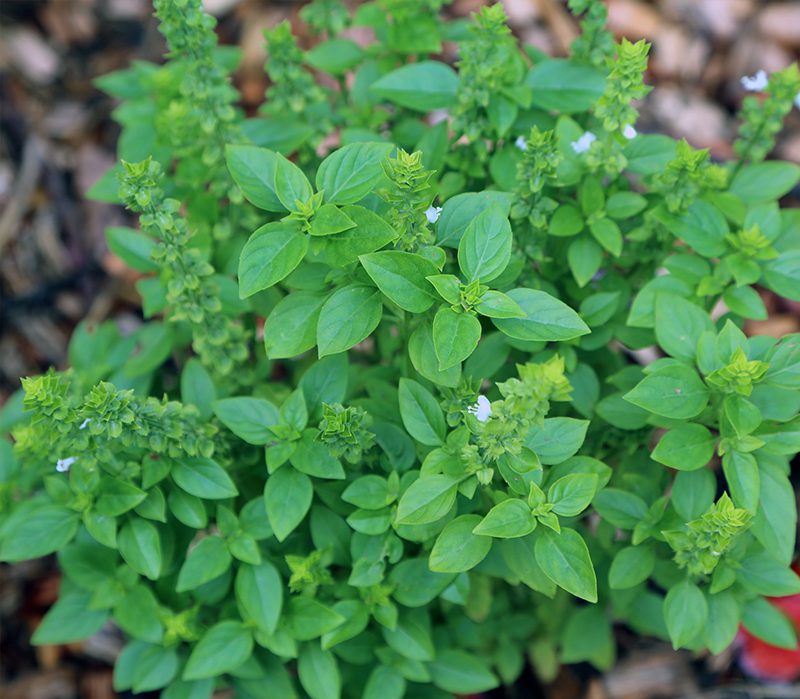
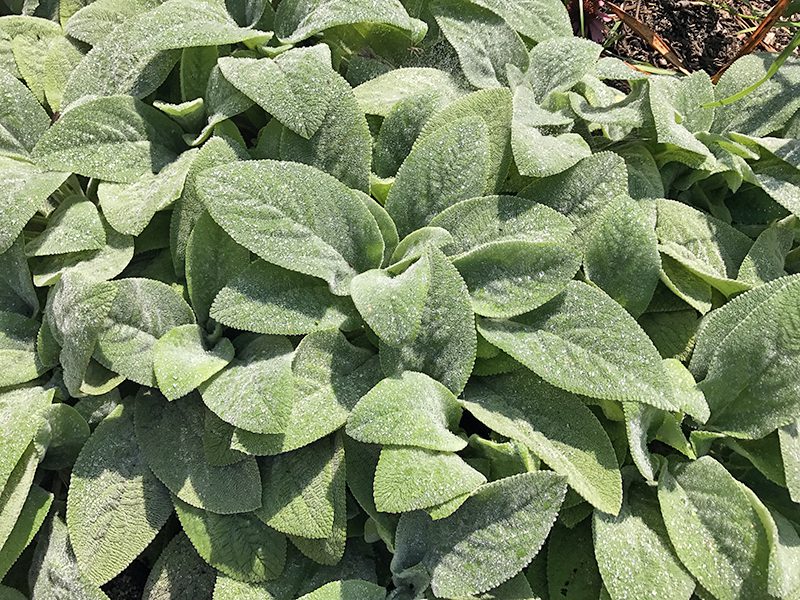
What kind of mint should I plant for making tea?
There are many types of mint and all of them are quite vigorous. In fact, those with small properties might want to grow mint in pots on a deck or patio, so that this plant doesn’t take over entire gardens. The two most popular mints that people grow for tea are peppermint and spearmint. Others like apple mint and pineapple mint are also tasty and attractive.

Where should I plant a tea garden?
You’ll want to place a tea garden where most of the plants will be in full sun. The varieties used in various teas and cocktails require at least 5 hours of dead-on sunshine, including the noon hour. So place your tea plants in full sun. If you’re also creating a place to sit and have tea, consider doing that in an area that is shady when you traditionally drink iced or hot beverages.

What flowers can be used for making tea?
Traditional flowers used in tea include red tropical hibiscus, roses, Dianthus and mint. Find the most fragrant roses and Dianthus (aka pinks) because they will have the most floral flavor as well. Tropical hibiscus flowers give their color, and a subtle citrusy flavor to your teas.
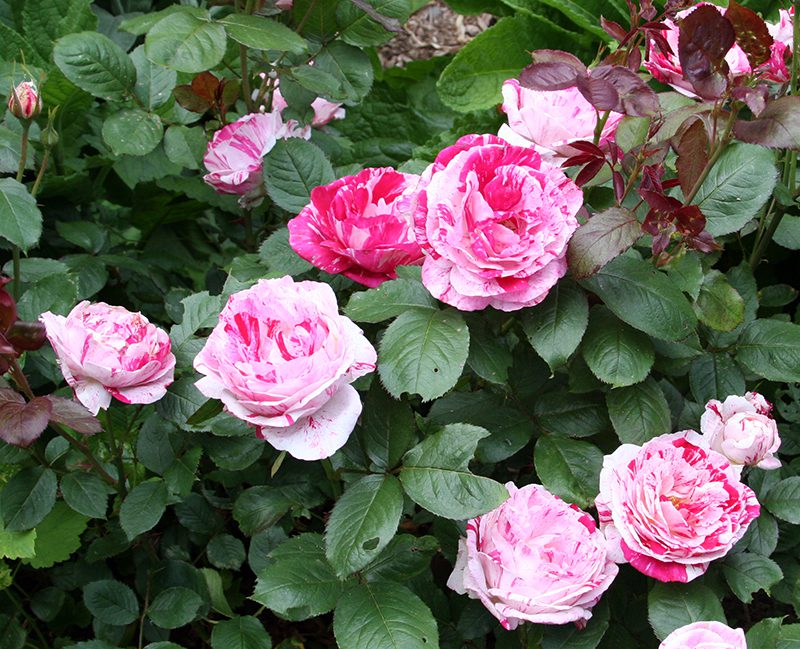
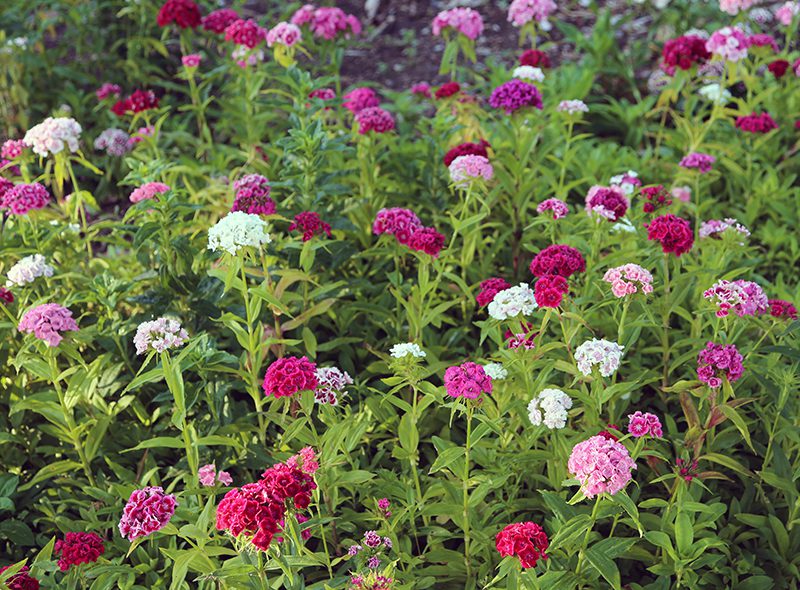
Do I need a separate tea garden or can I plant in existing gardens?
It’s up to you to decide if a new bed devoted to tea plants is necessary, or if incorporating your tea selections is better done in your already established gardens. If you have herb or perennial gardens in full sun, all of the tea plants can be included there.
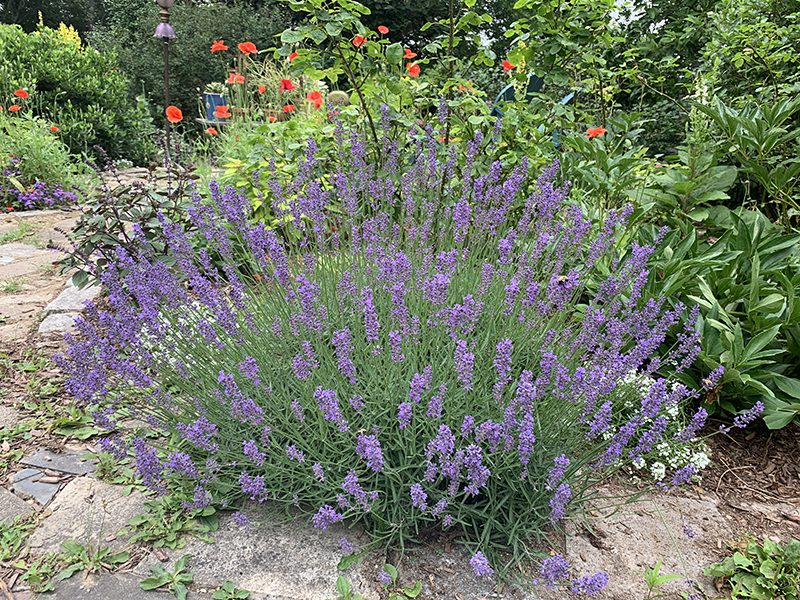
For more ideas about tea gardens, see this post on the University of Vermont Cooperative Extension website.
Subscribe To Our Newsletter
Sign up for our weekly email about sales and events.
